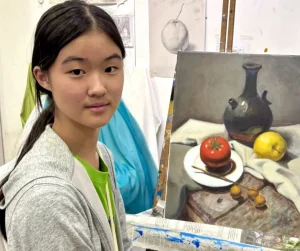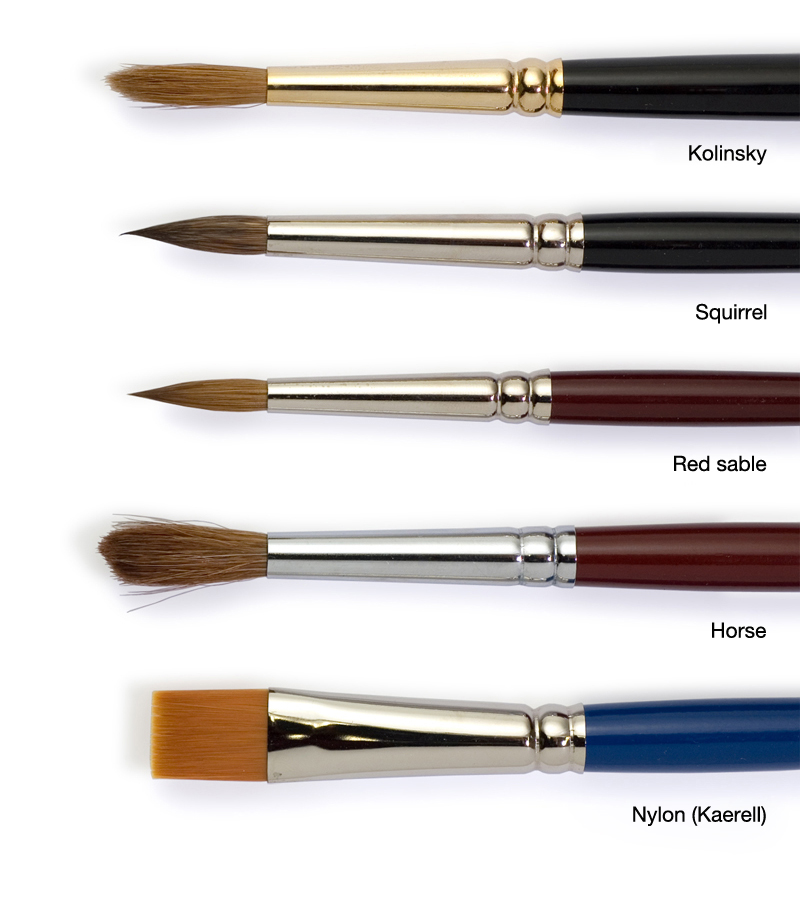Acrylic Painting on Canvas Team Bonding Art Jamming Singapore Visual Arts Centre

























Watercolour refers to a painting method that uses pigments that are suspended in water-based solutions, what makes watercolour different from most other paint mediums is the natural transparency of the paint when dissolved in water. This transparency give the paint a luminous glowing effect which enthrals many to the delicate art form. Today, we look at the different materials that are commonly used in watercolour painting.
Watercolour paints most commonly come in two forms, pans and tubes.

Pans refer to solid blocks of paint that reactivate when they come into contact with water. Pans are recommended for outdoor settings where the solid state of the paint will be easier to handle and clean up considering the equipment restraints when painting outdoors.
Pros
Cons

Tubes refer to paints in a paste form that are stored in tube packaging. Tubes of paint are recommended for studio settings where paintings tend to be bigger and hence require larger washes, a studio environment also gives you ample space and time to mix pigment colours. Most professionals use tube paints. Some artists like to squeeze their tube paints into a palette and use them like pan paints when the paste paints have dried.
Pros
Cons
The paper is extremely important in watercolour painting as the paint and water behave differently on different papers. It is important to find a paper type that suits your needs. What we especially want to look out for when selecting watercolour paper is the durability, normal paper will crinkle or flake when excessive water is applied, hence in watercolour painting where a lot of water is used, it is important that our paper does not crinkle or flake when a lot of water is used. Here we will talk about the production, surfaces and weights of watercolour papers.
Production of watercolour paper is done through 3 common ways, handmade, mould-made and machine made.
Handmade watercolour paper is made by pressing the pulp of cellulose fibres such as cotton,linen and hemp into sheets. Because of the tedious work and manpower involved, handmade paper is quite costly, however it is considered to have the best quality, the differences between different manufacturers also results in a wide range of handmade paper properties. Handmade watercolour paper is extremely durable and will not crinkle, additionally the textures are irregular due to the production process and hence attractive to many artists.
Mould-made paper as the name implies are made in moulds, the process gives the paper more uniformity than the handmade paper. Unlike the pure cellulose content of handmade paper, mould-made paper is usually made with a mix of cotton and paper fibres. The result is a paper that has the durability and feel of handmade paper but with more consistency in structure. The prices of mould-made paper also tend to be more affordable than handmade. This is what is usually reccomended for its quality and price.
This is the most affordable of all watercolour papers, it has a higher ratio of paper fibres to cotton fibres, cheaper variations use wood pulp which causes paper to yellow over time. Machine made papers are also less durable paper and you may risk breaks, flaking and crinkles. 
The surface of watercolour papers come in rough, hot pressed and cold pressed.
The weight of the paper affects how thick the paper is, there are many different weights of watercolour paper sold but these 2 are commonly used
Watercolour brushes come in many different hair fibres and shapes, they all vary in purpose, price and quality. Watercolour brushes need to be able to hold a good amount of paint/water, distribute it evenly, maintain its shape after use and for some brushes, maintaining a fine point at the tip of the brush is important.

Not recommended

Here at Visual Arts Centre, all our materials are provided for our watercolour classes so fret not!



|
||||||||||||||||||||||||||||||||||||||||||
|
||||||||||||||||||||||||||||||||||||||||||||||||||||||||||||||||||||||


SAT |
10:30am - 12:45pm1pm - 3pm
|
SAT |
|
10:30am - 12:45pm1pm - 3pm
|
|




Address:
10 Penang Road, #01-02 Dhoby Ghaut Green,
Singapore 238469
Exit from Dhoby Ghaut MRT Station Exit B and turn left, we are there in 30m!

Address:
AZ@Paya Lebar, 140 Paya Lebar Road, #03-04,
Singapore 409105
Exit from Macpherson MRT Station Exit A and turn left, we are right across the road, 1 minute walk away!
Have any questions? Please drop us an enquiry form and we’ll respond to you as soon as we can!
"*" indicates required fields
Click and get to our WhatsApp
In the Batik Introduction Handkerchief Painting workshop, participants will learn the traditional art of batik, a wax-resist dyeing technique originating from Indonesia. The workshop begins with a brief history and overview of batik, highlighting its cultural significance and various techniques. Participants will then observe a demonstration of applying wax with tjanting tools and dyeing the fabric. Following the demonstration, each participant will design and create their own batik handkerchief, applying wax to create patterns and then dyeing their fabric. The workshop concludes with a group discussion, allowing participants to share their creations and reflect on their learning experience.